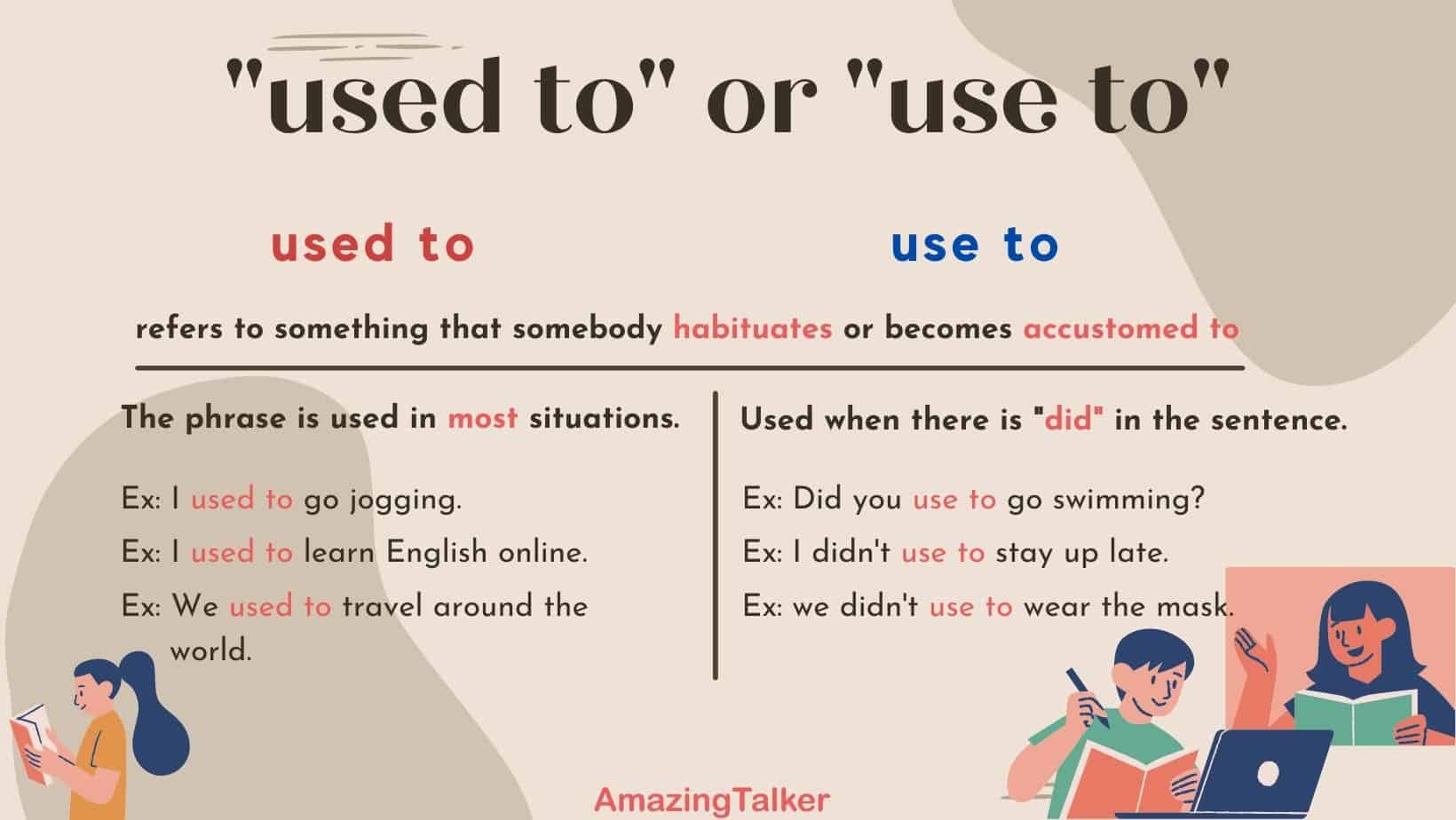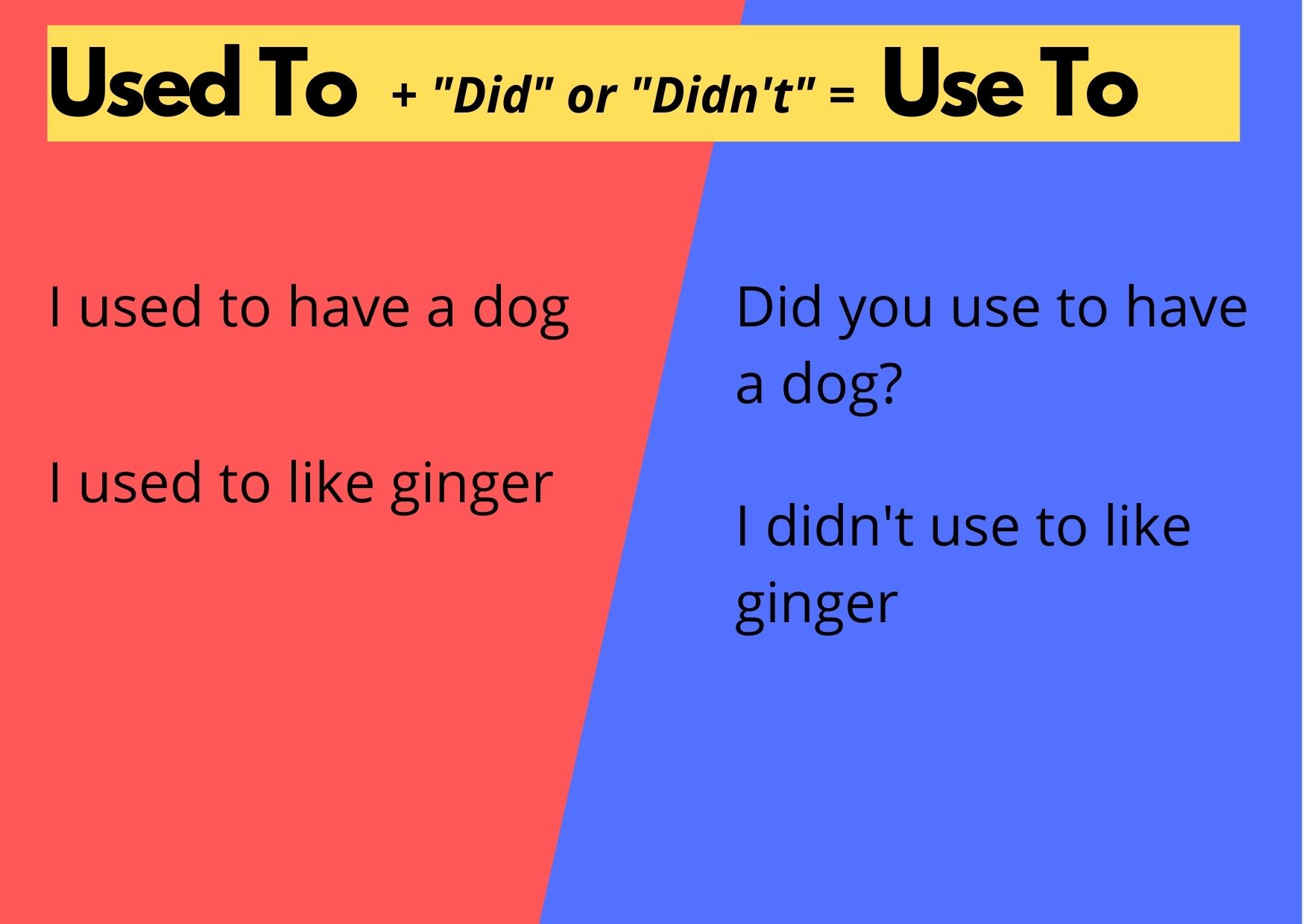What Is Used For? A Look At How We Put Things To Work Today
Have you ever stopped to think about why we use certain words or tools in particular ways? It is kind of fascinating, really. Every object, every word, and even every grammatical construction has a job, a purpose it fulfills. Today, we are going to explore this very idea, getting into the heart of what things are put to work for, and how we talk about that.
It is not just about physical items, either. Language itself has its own set of tools, like punctuation marks, which, as My text reminds us, are quite important. No sentence, you see, is complete without a punctuation mark. We will look at how these little symbols, and even bigger concepts like programming languages, are put into service for us.
From the simplest everyday objects to the most complex digital systems, knowing what something is used for helps us make sense of our surroundings. It also helps us communicate more clearly, which is a big deal, really. So, let us get into how things are employed and what their jobs happen to be.
- Chris Evans Dick Pic
- Lawrence Odonnell Children
- 300mb Movies 9x
- Kaylee Hartung
- Sophie Rain Spiderman Video T
Table of Contents
- Understanding the Word "Use"
- When We Say "Used For"
- The Difference with "Used To"
- How Programming Is Put to Work
- Common Questions About What is Used For?
Understanding the Word "Use"
The word "use" is pretty common, isn't it? It means to employ something for some purpose, or to bring something into action in a typical way. For instance, when you pick up a pen, you usually intend to write with it. That is its standard job, so to speak. My text points out that when "use" acts as a verb, the 's' sound is actually like a 'z'.
It is also interesting that "use" can be a noun, too. When it is a noun, it means the action of engaging with something to accomplish a task or reach a goal. Think about the "use" of a new gadget; it is about what you can do with it. So, it is about the ability to interact with something to get a job done, really.
The verb forms "use to" and "used to" are a bit different, though. They tell us about things that happened or existed in the past but do not anymore. We will get to that in a bit more detail. But for now, just know that "use" generally means putting something into service, which is quite simple, in a way.
- Did Wendy William Die
- What Is Wrong With Peter Doocys Wife
- Securely Connect Remoteiot P2p Ssh Windows 10
- Luke Wilson Wife
When We Say "Used For"
When we talk about "what is used for," we are often describing the purpose of an item or an action. It is about explaining why something exists or what its primary function happens to be. My text gives some clear examples of this. A bag, for instance, is used for carrying things. This tells us its main job, doesn't it?
Similarly, a pen is used for writing. This is a very common example, and it makes a lot of sense. Shampoo, too, is used for washing hair. These phrases explain the general job or the typical outcome of using these items. It is a simple way to describe an object's main reason for being, you know.
It is worth noting that "used for" often comes before a gerund, which is an "-ing" word, or a noun. My text says, "A bag is used for carrying things," and "A bag is used for loads that need carried." This pattern helps us understand the purpose very clearly. It is about what the item helps to accomplish, so it is.
Everyday Items and Their Purpose
Let us think about some more common things we encounter every day and what they are used for. A knife, for example, is used for cutting vegetables. This is a pretty straightforward job for a knife. The hammer, similarly, is used for driving nails into the wall. These are very specific purposes, aren't they?
A flashlight, when you think about it, is used for illuminating dark spaces. Its whole design is around making light available where there is none. And a computer, a very complex machine, is used for processing data. These examples show how "used for" helps us quickly grasp the main function of many different items, which is quite helpful.
Even something like a thermometer has a clear job. A thermometer is used for measuring temperature. This phrase helps us understand its scientific purpose. These phrases, really, are just simple ways to tell someone what an item's main activity is, or what it helps achieve, you know.
Punctuation and Its Job
Punctuation marks, as My text reminds us, are very important tools in writing. They have specific jobs, too. A semicolon, for instance, is used in place of a comma to separate phrases or items in a list when those phrases already have commas within them, or if they are just very long. This helps keep things clear, which is a bit of a trick.
Think about a list like "I bought shiny, ripe apples, small, sweet, juicy grapes, and firm pears." That middle part, with all the commas, can be a little confusing, right? It does not give many visual cues about how many items are actually in the list. This is where the semicolon can step in to make things much clearer, actually.
My text also mentions ampersands. These symbols are used to swap in for the word "and." It is a simple substitution, really. Knowing what each punctuation mark is used for helps us write sentences that are easy to read and understand, which is rather important for good communication.
The Difference with "Used To"
Now, let us talk about "used to" and "use to." These phrases are a bit different from "used for." They tell us about things that happened or existed repeatedly in the past but are no longer true. For instance, "I used to like that song, but I do not now." This means the liking was in the past, but it has stopped, you see.
The main thing to remember about these two is the word "did." My text explains that "use to" needs "did" with it, as in "I did use to like that song." But "used to" does not need "did." So, you would say "I used to like that song" without adding "did," which is a pretty simple rule to follow.
It is a common point of confusion for many, but the difference really rests on that one little word. When you are talking about something that was a habit or a state in the past that has since changed, "used to" is your go-to phrase. It is about past patterns that are no longer present, you know.
How Programming Is Put to Work
Beyond everyday objects and grammar, programming languages are also used for very specific and powerful purposes. Python, for instance, is widely used for natural language processing, computer vision, and deep learning projects. These are pretty big areas in the world of technology, are they not?
Python is also used in scientific research. Its ease of use in computation and its ability to interact with other languages and tools make it a popular choice for scientists. Libraries like SciPy and NumPy help a lot with this use, making complex calculations more accessible. So, it is a very versatile tool, in a way.
Many industries and companies put Python to work. They use it to analyze data, build machine learning models, create websites, and program software. This shows just how broad its applications are. Knowing what Python is used for helps us understand why it is so popular and why many people choose to learn it, you see.
Generative AI, which is a pretty new development, is used to create new content. This content can seem like it has been made by a human. It does this by learning from huge amounts of existing data, like online text and images. This is a very interesting application of technology, is that not?
This shows how technology, too, has specific jobs it is put to work for. From helping us understand language to creating new things, knowing what these tools are used for helps us appreciate their impact. It is about seeing the purpose behind the creation, which is quite cool, actually.
To sum up, the phrase "what is used for" helps us understand the purpose and function of countless things around us. From a simple pen to complex AI, everything has a job. Learning about these uses helps us communicate better and appreciate the tools we have at our disposal. You can learn more about language use on our site, and if you want to polish your own writing, check out our editing services. For a deeper look into English grammar, a helpful resource is Grammarly's Punctuation Guide.
Common Questions About What is Used For?
How is 'used for' different from 'used to'?
"Used for" tells us the purpose or function of something, like "A pen is used for writing." "Used to," on the other hand, describes a past habit or state that no longer happens, as in "I used to play soccer every day." The first is about an item's job, while the second is about a past activity, which is a pretty big difference.
Can 'for' be used with a verb to show purpose?
No, My text makes it clear that "for" cannot be used with a verb to indicate purpose. Instead, the infinitive form of the verb (to + verb) is used alone to express a person's purpose. For example, you would say "I went to the college to see Professor Charles," not "for seeing Professor Charles." It is a specific rule, you know.
What are some common items and what they are used for?
Many common items have very clear uses. A knife is used for cutting vegetables, and a hammer is used for driving nails into a wall. A computer is used for processing data, and a flashlight is used for illuminating dark spaces. These are just a few examples of how everyday things are put to work for specific jobs, which is quite practical.
- Boris Sanchez Wiki
- Httpsparadiseyvipinvite
- Sophie Rain Spiderman Erome
- Beatrice Mccartney
- Kaleigh Hartung

"Used to" or "Use to" - Differences And Grammar Rules

Is It Use To or Used To? Master the Difference! - BusinessWritingBlog

Used To or Use To? - Meaning and Examples